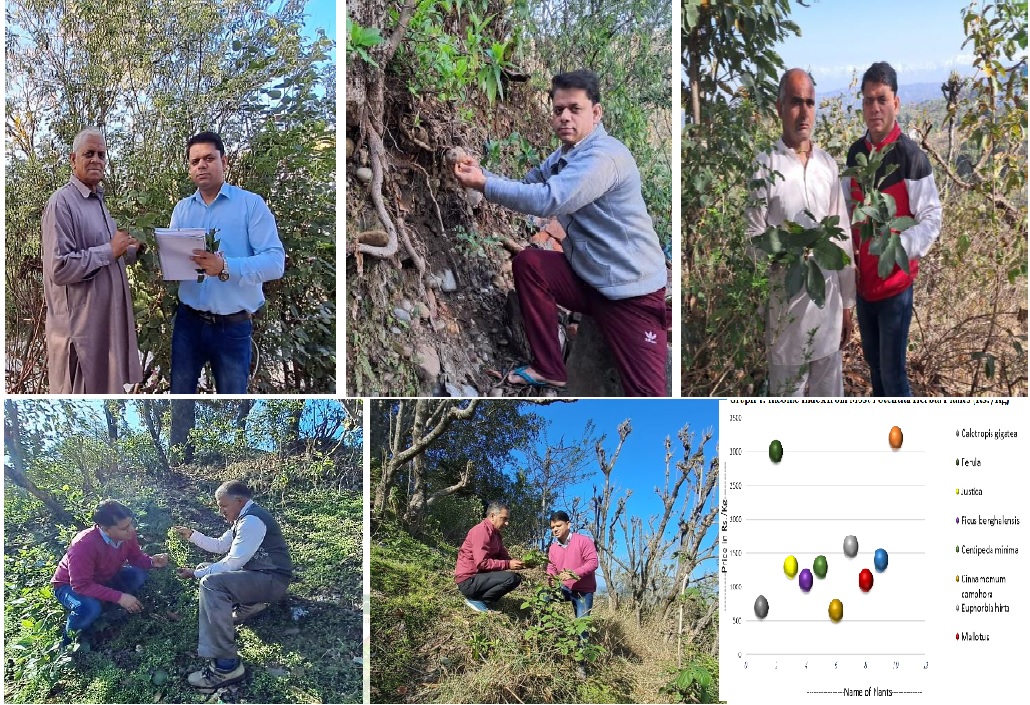Socio-Economic Importance and Potential of Wild Ayurvedic Medicinal Plants of the Western Himalayas, India
Abstract
India's Ayurvedic medicine system is becoming popular worldwide because these medicines are based on natural herbal products and have no side effects on health; somewhat, it improves and strengthens the body's immunity. Today people’s awareness is increasing about health, the side effects of allopathy medicines on health, and their inclination and faith toward Ayurvedic treatments are railing with time. Ayurvedic medicine system is based on traditional herbal knowledge, identification of herbs in natural habitats, and formulations. The present study involves the survey and analysis of local healers of Shivalik hill in the Western Himalayas to discover the most used herbs and their economic potential from national and international market perspectives. Therefore, a survey and analysis were conducted in randomly selected 37 villages of six development blocks. The survey interviewed 195 local healers and people based on the scientifically designed questionnaire. During the 2019-2022, the thirty-one wild medicinal plant species were identified with, highlighting ten highly valued plants. These plants have high demand from local healers, vendors, or the pharma industry. Further analysis of the importance and value of each part of the plant shows this: leaves (15%), flowers (13%), roots (21%), seeds (27%), oil (2%), wood (4%), juice (11%), tuber (4%) and whole plant (4%). Study shows that local healers can. This study also emphasizes the cultivation of these herbal plants on a large scale and can potentially raise the financial status of local people and healers. The study highlights the potential of these herbal plants found in the study area to enhance rural livelihood and community resilience and calls for the integration of medicinal plants in conservation and development strategies.
Downloads

Copyright (c) 2023 International Journal of Ayurveda and Pharma Research

This work is licensed under a Creative Commons Attribution-NonCommercial-ShareAlike 4.0 International License.






